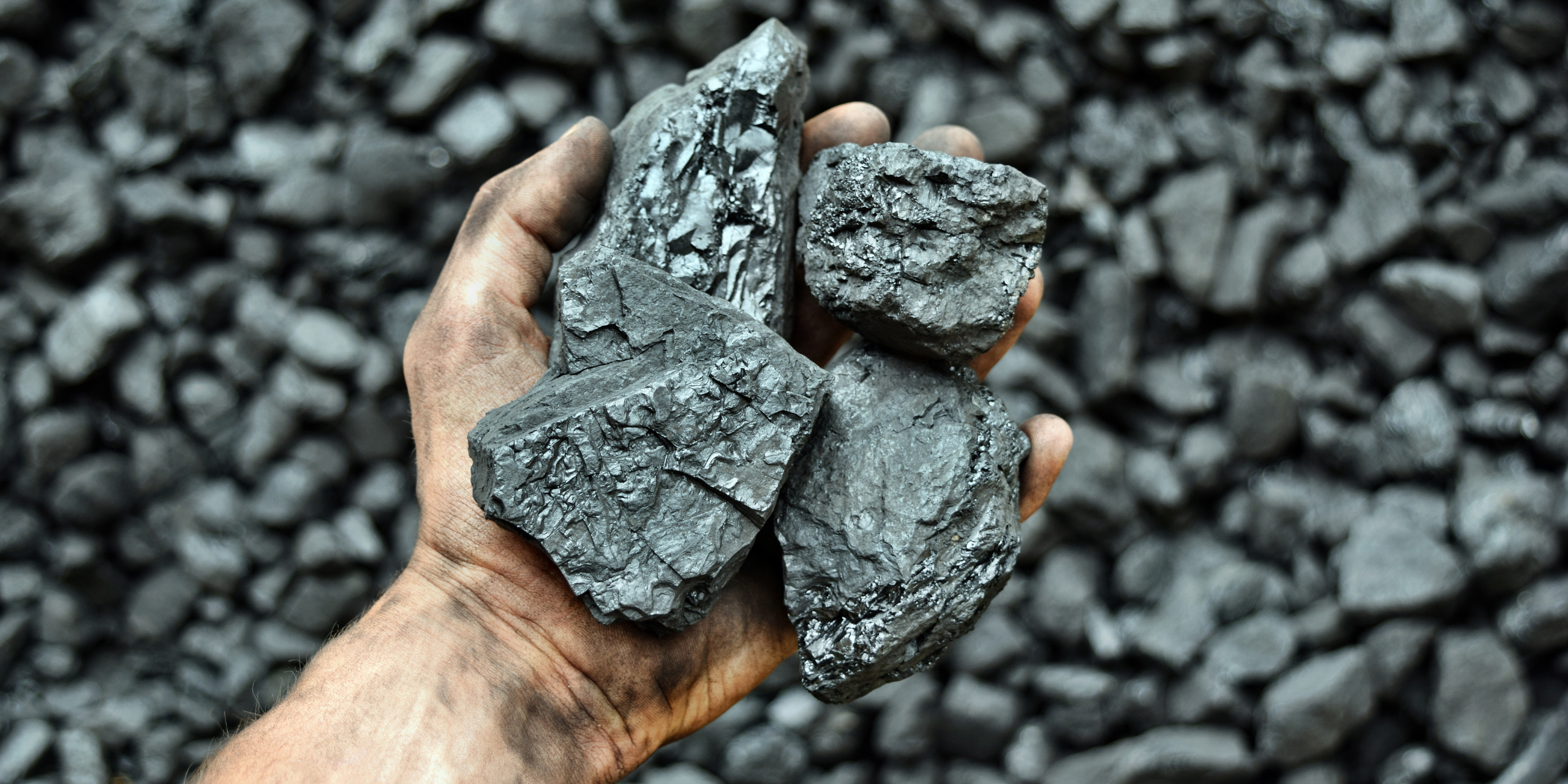
Trump’s Big Ugly Bill is On Its Way to Having Big Ugly Impacts on the Environment
By Raúl García, Vice President of Policy and Legislation, Earthjustice Action
Last month, President Trump signed H.R. 1, a sweeping bill filled with massive tax cuts for billionaires and handouts to polluting industries. To pay for it, Republicans made deep cuts to our social safety nets and are making up the difference by selling out our public lands and waters to the oil, gas, coal, mining, and logging industries. Even though it’s only been a few weeks, the Trump administration is wasting no time in implementing the bill’s worst provisions. Recent regulatory changes suggest that we are facing an all-out assault on our public lands with polluters reaping major windfalls. Here are some of the recent changes the Department of the Interior, for example, is making to implement this big, ugly bill.
Reducing Coal Royalty Rates and Greenlighting Coal Mines
Coal is one of the dirtiest energy sources on the planet and is responsible for a litany of environmental and public health harms, from mines to smokestacks to toxic waste pits. Our reliance on coal as an energy source has been steadily declining over the years, but now, the Trump administration is doubling down on an outdated fuel source that poisons communities and has outsized contributions to climate change. Why is that?
One word: Profit.
Trump’s big, ugly bill will result in major profit boons for coal companies. For decades, companies have had to pay a royalty of around 12.5% when they extract coal from public lands. But under H.R. 1 and regulations just finalized by the Department of the Interior, the coal royalty rate is now down to just 7%, nearly half as much as some companies used to pay. This amounts to a massive subsidy for coal companies at the expense of reduced revenues for federal and state budgets — and now, the Department of the Interior is rubber-stamping one harmful coal project after another after another.
Increasing Burdens on Wind and Solar Projects on Federal Land
Under the Inflation Reduction Act and the Biden administration, wind and solar were the fastest-growing sources of electricity in the US, providing cheaper electricity for millions of people across the country. Republicans and Trump, spurred on by their fossil fuel donors, have engaged in an all-out assault on these industries, erecting arbitrary barriers that effectively kill existing and new projects.
H.R. 1 and directives issued by the Department of the Interior continue that trend, increasing the fees for wind and solar capacity on public lands. Meanwhile, other sections of the bill gut tax credits for solar and wind energy and rescind funding for innovative grants and loan programs. Trump’s Department of the Interior then doubled down by subjecting wind and solar projects to an elevated review process, requiring the personal approval of Secretary of the Interior Doug Burgum for routine processes that would typically be handled by regional offices. And earlier this month, the Department of the Interior announced it is launching a full review of offshore wind regulations.
Taken together, the result is chilling: This hostile and unpredictable policy environment is already delaying projects, and it will become increasingly harder for projects to meet the rushed deadlines for clean energy tax credit eligibility imposed by H.R. 1. These actions will only prolong our reliance on fossil fuels and exacerbate the climate crisis — all while raising energy prices.
Easing Regulations for Onshore Oil and Gas Projects
The big, ugly bill included numerous handouts to oil and gas companies that will allow companies to continue reaping record-breaking profits through resource extraction on our public lands. The updated regulations place a heavy hand on the scale by prioritizing industry goals over public input. These changes devalue the positions of private landowners, hunters and anglers, Native communities, and other relevant stakeholders about when, where, and how to lease public lands. Furthermore, the Department of the Interior is returning royalty rates to levels established in the 1920s, as well as reinstating non-competitive leasing. Non-competitive leasing cheats taxpayers out of revenue, can lock up land for decades, even if it’s never developed, and prevents other uses like recreation, wildlife habitat management, and even renewable energy development.
These changes prioritize oil and gas drilling on public lands — relegating other uses like conservation, recreation, and cultural heritage protections to second-class status.
To make matters worse, all of this is being done under the guise of a sham “energy emergency,” despite the fact the US has been exporting 40% of its petroleum production since 2021. Oil and gas executives will continue to see record-breaking profits grow while our communities, endangered species, and our planet pay the price. These regulatory changes are just the beginning of H.R. 1’s impact on our environment. While they may just seem like words on paper, they will soon have very real impacts as the Trump administration unleashes every tool available to hamstring or eliminate environmental protections and open our public lands and waters to unnecessary, unconscionable extraction. We’ll continue working in Congress and the courts to mitigate the worst impacts of these policies and hold polluters accountable as they destroy our environment and poison our communities.